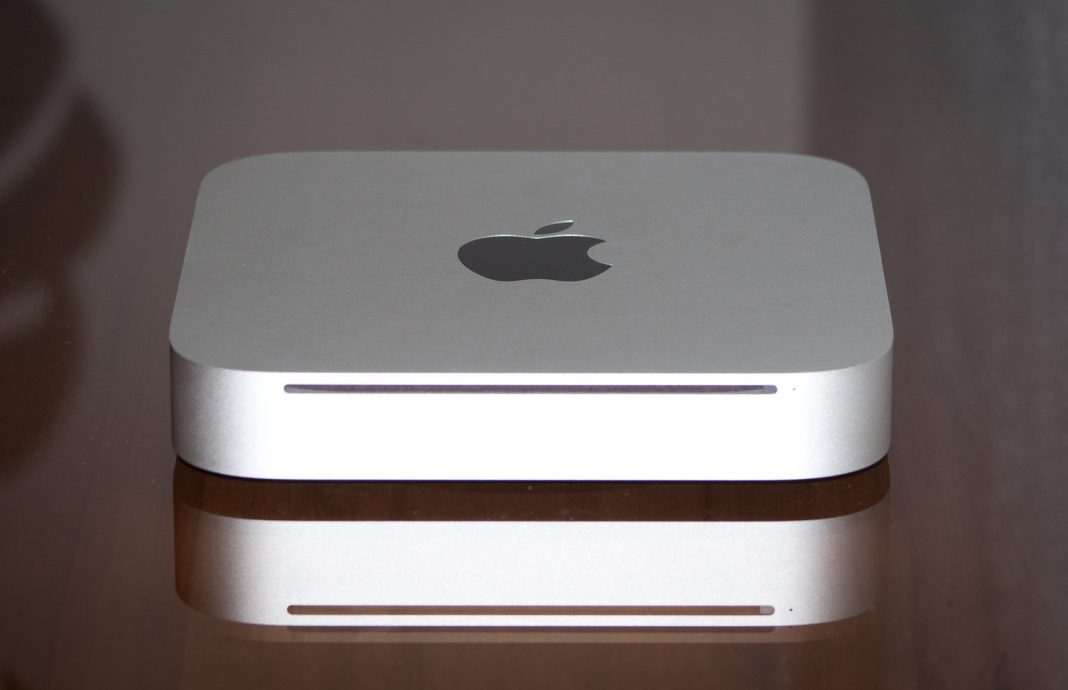


You should check both /Library and ~/Library directories. So it is recommended to periodically clear cache files.Ĭaches are stored in the Library folder on your Mac. And, even though you may no longer be using some applications, their cache files remain on your Mac and occupy useless memory. A single cache file doesn’t take up much space on a disk, but the overall volume of all caches can grow to tens of gigabytes.īe aware that, if you remove these files, some of them will be recreated the next time you run the application. CachesĬaches are temporary service files created by applications and system processes. Here is how to find and remove the hidden items taking up your hard drive space: 1. Read on to discover what hidden content is taking up space on your hard drive. In fact, there are system support files, utilities service files and other special hidden files in the Library folders.Įach Mac user has tons of hidden files that are taking up significant disk space. Often, it’s not clear for the users where the disk space goes. If you check and total up the sizes of your user folders, most likely you will detect that there is less free disk space on your Mac than you calculated. On a Mac, the internal hard drive is called Macintosh HD.Įven if you keep your data on external disks, you may face the problem of a lack of free Mac hard drive space. The RAM data disappears when you turn off your computer, while the data written to a hard drive stays there permanently.Įvery computer has at least one internal hard drive. In short, it is a form of permanent storage, which is usually installed internally in a computer and attached directly to the computer’s motherboard.Ī hard drive is also used for storing temporary files and data from the RAM memory, created when you run any task on a Mac. Free Download What is a hard drive in a computerĪ hard disk drive is a device that stores all the data of a computer, such as installed applications, user files, documents, service files of apps, and so on.


 0 kommentar(er)
0 kommentar(er)
